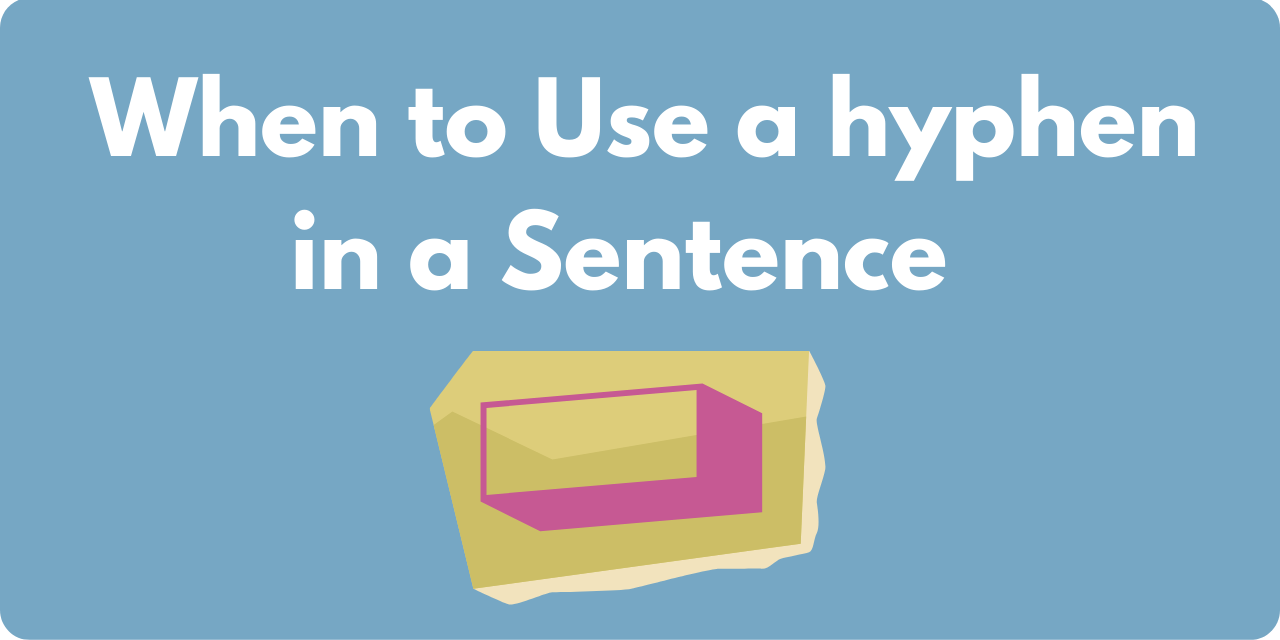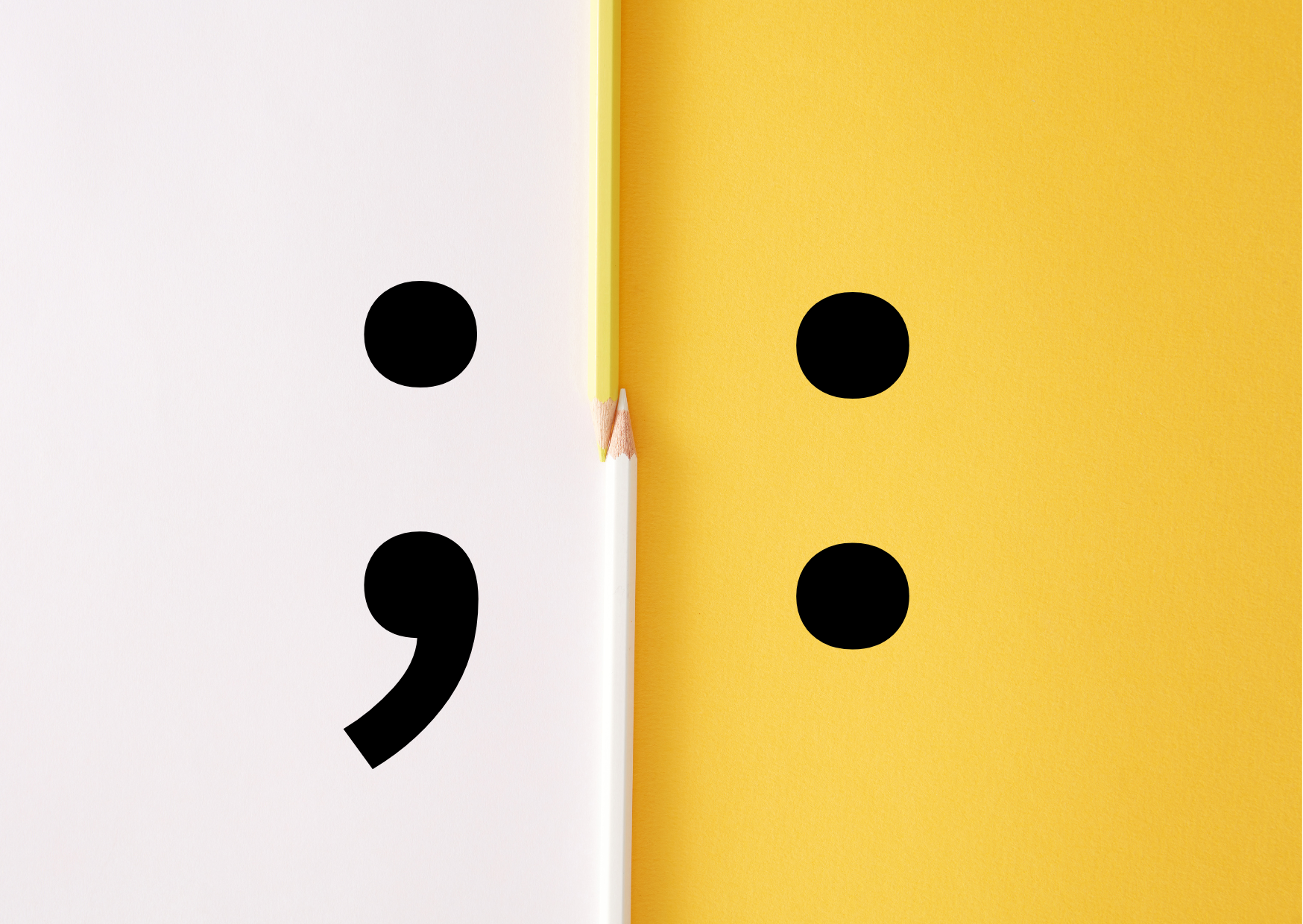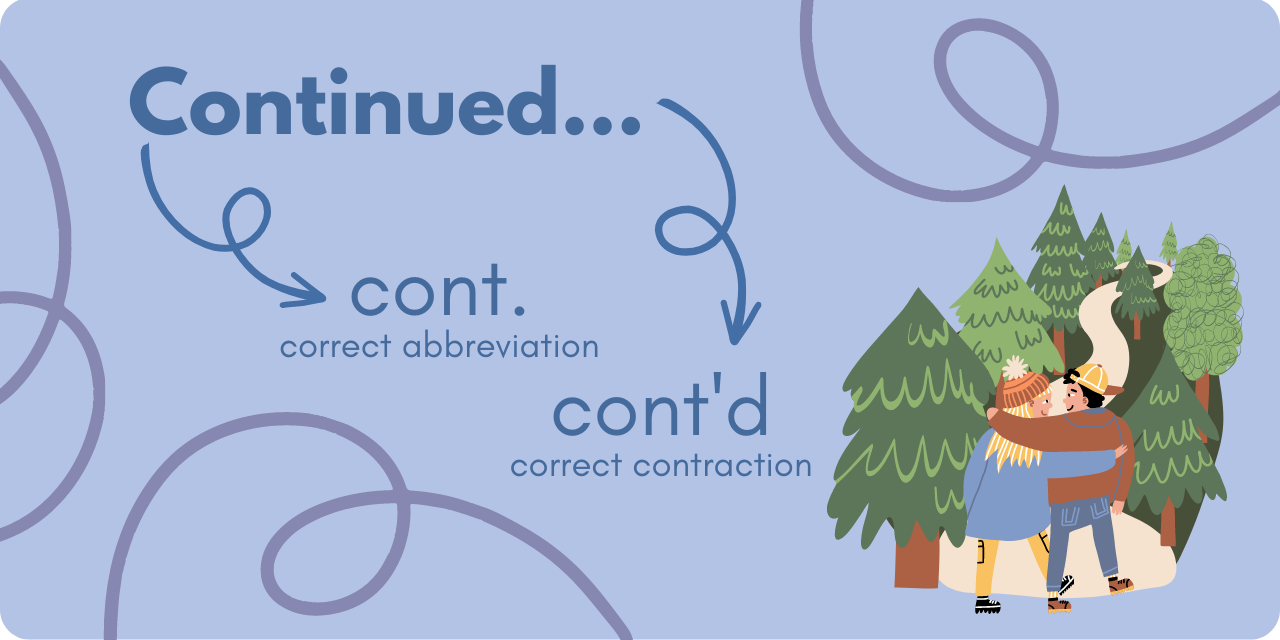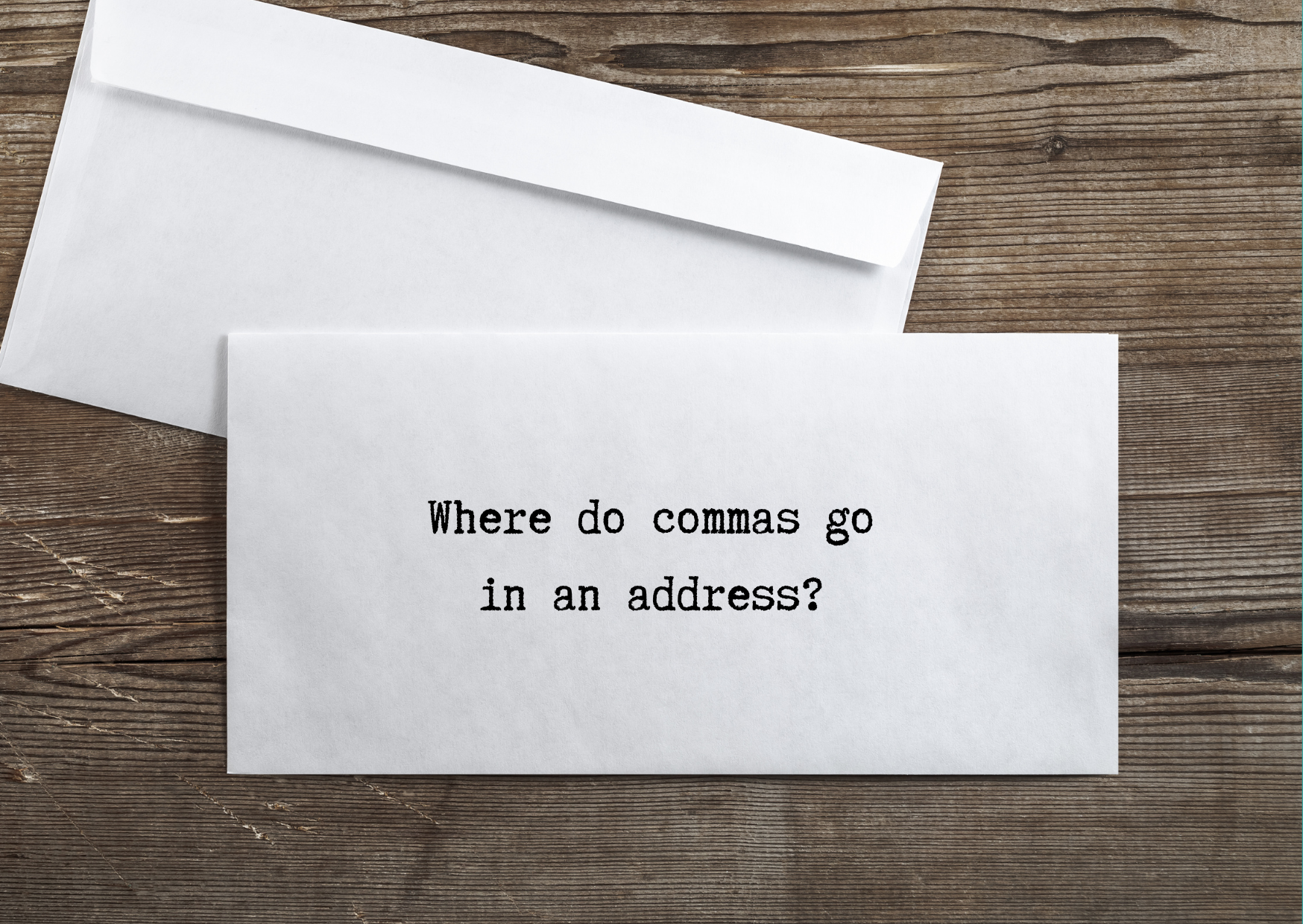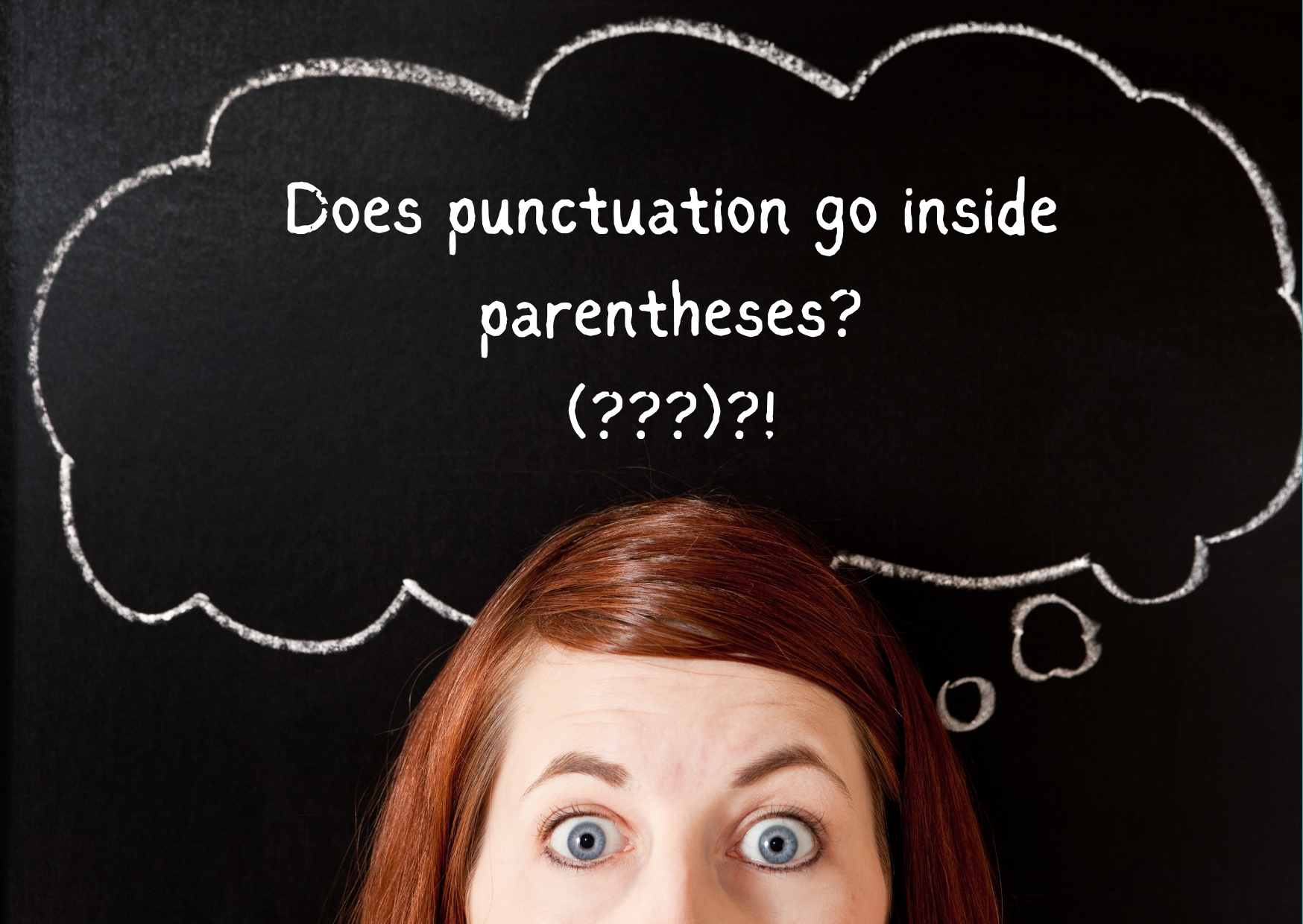In a recent business writing course, a participant insisted that single quotation marks be used around quoted content and titles of works. He was certain that I was wrong when I told him that double quotation marks are the standard.
Was I wrong?
It depends where we were standing.
In the United States and Canada, I was correct. However, in countries that use British English as their writing standard, single quotation marks, also known there as “inverted commas,” are used where double quotation marks are used in the US and Canada. Since we were meeting near New York City, double quotation marks ruled.
Below is what you need to know about using single quotation marks in the US and Canada. I have added notes about using them in British English. I am not an expert in British English, so I have relied on my reference books.
1. Use single quotation marks for quoted material, titles of works, or special terms that appear within a quotation. Examples:
- She wrote, “I just read Maya Angelou’s ‘On the Pulse of Morning,’ and I loved it.” (title of a poem)
- The blog visitor commented, “The term ‘inverted commas’ makes no sense.” (special term)
Note: If you use British English for your audience, switch the double and single quotation marks above. That is, use double quotation marks for a quote within a quote.
2. If you use a single quotation mark next to a double quotation mark, you may use a space, a thin space (one you manually make smaller), or no space between them. Examples:
- She added, “My favorite chapter is called ‘Give Positive, Powerful Feedback.’ ” (A space appears between the closing quotation marks. If your software moves the double quotation mark to the next line of type, use a nonbreaking space between the two marks to keep them together.)
- I was very surprised when he said, “Let’s quote from the Langston Hughes poem ‘Dream Deferred.'” (There is no space between the closing quotation marks. Note: I prefer using a space so the punctuation doesn’t look like a blur.)
The Associated Press Stylebook recommends a thin space, whereas The Gregg Reference Manual promotes a full space between the quotation marks. The Chicago Manual of Style says no space is necessary but adds that a space or a thin space can be inserted as “a typographical nicety.”
These style manuals do not discuss inserting a space: New Oxford Style Manual, Canadian Press Stylebook, and Garner’s Modern American Usage. At least, I can’t find a reference in them.
3. If you write headlines, use single quotation marks for a quote, title of a work, or special term in a headline. Examples:
- Dr. Valdez Calls Progress ‘Hopeful’ (quoted word)
- Principal Agrees to ‘Cabaret’ as Senior Play (title of a work)
Regarding punctuation with single quotation marks, these are the rules that writers follow in the US and Canada, with notes on British English usage added:
4. Place commas and periods inside closing single quotation marks. Examples:
- “Mark this package ‘Glass,’ ” she said as she tossed it to Jerome.
- She remarked, “His favorite poem is Frost’s ‘Mending Wall.’ “
Note: In British English, the closing quotation mark comes before the comma or period, unless the comma or period is a part of the quotation. If the sentences directly above were rendered in British English, the closing quotation marks would come before the comma and the period, and the single and double quotation marks would trade places.
5. Place colons and semicolons outside closing single quotation marks. Examples:
- The instructor repeated, “Group One will read the chapter ‘Convey Condolences’; Group Two will read ‘Say No Clearly and Courageously.’ “
- John stated, “I will quote these passages from the chapter ‘Living in New England’: the opening quotation and the poem by Emily Dickinson.”
6. Place question marks and exclamation points within the single quotation mark if they are part of the quoted material. Otherwise place them outside. Examples:
- Dan explained, “Danielle’s poem is called ‘Which Hour?’; however, Carrie typed it as ‘Witch Hour.'” (The poem title “Which Hour?” includes a question mark.)
- Michael asked, “Does the client want the sign to read ‘No parking’ or ‘Permit parking only’?” (Michael’s words form a question; the quoted sign is not a question.)
- The witness stated, “Ms. Evans shouted, ‘Let me go!’ and the defendant released her.” (The quote is an exclamation.)
- Waleed said, “I can’t believe you are rereading ‘A Good Man Is Hard to Find’!” (The short story title is not an exclamation.)
Note: The rules in British English are the same as in US and Canadian English for the placement of quotation marks and colons, semicolons, question marks, and exclamation marks. Of course, the single and double quotation marks change places.
Test Yourself: Punctuate These Sentences
- David yelled at his coworker Stop calling me Davy Crockett
- The professor wrote Read Chapter 2 The Economics of Poverty by Monday
- She repeated These files should be marked Archive
These answers follow the rules of US and Canadian English:
- David yelled at his coworker, “Stop calling me ‘Davy Crockett’!”
- The professor wrote, “Read Chapter 2, ‘The Economics of Poverty,’ by Monday.”
- She repeated, “These files should be marked ‘Archive.’ “
These answers follow the rules of British English as I understand them:
- David yelled at his coworker, ‘Stop calling me “Davy Crockett”!’
- The professor wrote, ‘Read Chapter 2, “The Economics of Poverty”, by Monday.’
- He repeated, ‘These files should be marked “Archive”.’
Have I captured the rules correctly? Please let me know whether the style guides you use agree. Please: No arguments based on “I just like it this way!”
You may find these two blog posts helpful: “Quotation Marks–Before or After?” and “The ‘Overuse’ of Quotation Marks.”
Learn about our online self-study course Punctuation for Professionals.
Lynn

